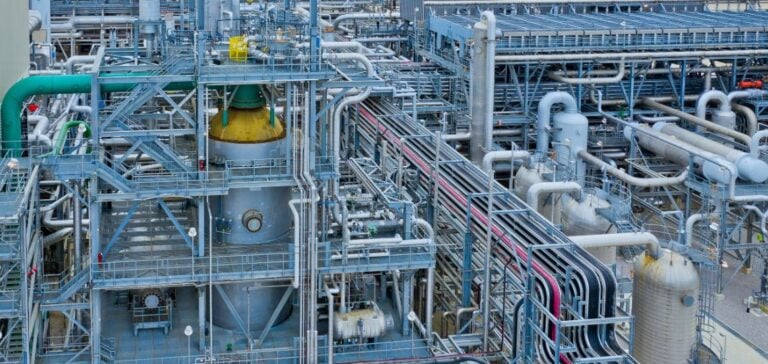A $820 million investment positions Illinois as a strategic player in the sustainable aviation fuel (SAF) market. Supported by the Reimagining Energy and Vehicles (REV) program, the project aims to produce up to 120 million gallons of SAF annually.
This initiative leverages advanced alcohol-to-jet conversion technology developed by KBR. By utilizing existing rail and pipeline infrastructure in Southwest Illinois, the facility will efficiently distribute fuel to major aviation hubs, including Chicago O’Hare International Airport.
Economic and Environmental Impacts
The facility is expected to create significant economic benefits, including 157 permanent jobs and approximately 1,000 construction-related positions. Environmentally, it aligns with key priorities, reducing 25 million metric tons of CO₂ emissions annually.
The state’s strategic support underscores its commitment to attracting major projects that drive the energy transition and enhance local economic competitiveness.
Political Support and Strategic Alignment
Governor JB Pritzker highlighted the pivotal role of this project in Illinois’ energy transformation, stating that the state aims to become a model for sustainable and green economic growth.
The Department of Commerce and Economic Opportunity (DCEO) also emphasized the project’s alignment with the 2024 Economic Growth Plan, which prioritizes clean energy and sustainable manufacturing as key growth drivers.






















